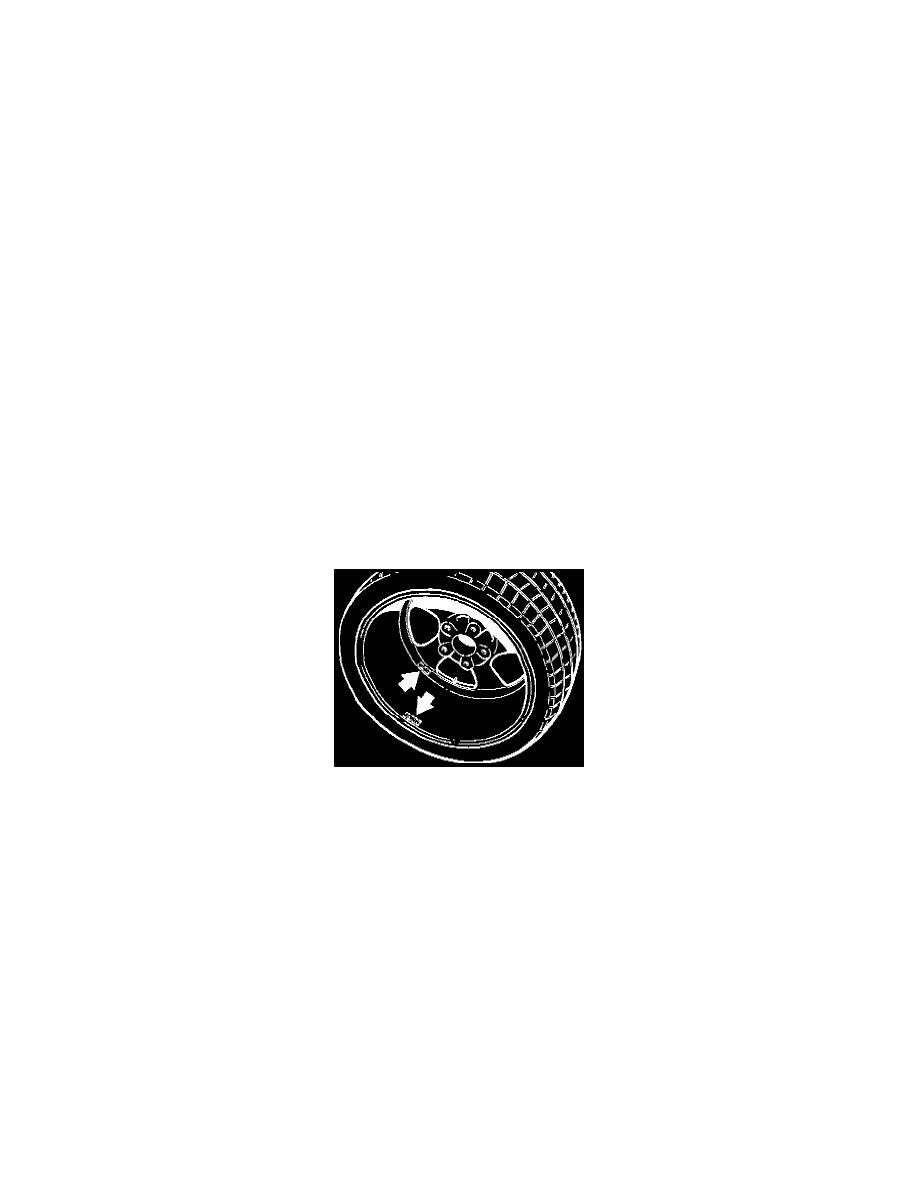911 Turbo AWD F6-3600cc 3.6L SOHC Twin Turbo (1997)

Wheels: Service and Repair
Balancing Wheel
General
-
Excessive wheel imbalance not only produces vibrations and causes the steering wheel to shake, but also results in increased wear on various parts
of the running gear.
-
Even if the wheels are correctly balanced, excessive geometry errors (radial and axial runout) and misshapen tires, e.g. accumulations of material
at one point of the tire structure (spring action of tire changes as the tire rolls), can cause rolling and steering imbalance.
-
Achieving a good result requires utmost care, observance of the instructions and procedure, and attempting to eliminate even the very last gram of
imbalance.
Notes/Preconditions
-
Wheel suspension elements must be in good technical order.
-
The wheels must be clean and without foreign objects in the tire.
-
Use a tire measuring gauge, e.g. V.A.G 1435, to check axial and lateral runout values on wheels without flat spots.
Values less than 1.0 mm (better around 0.5 mm) are desirable.
-
In order to achieve low radial runout errors or to optimize smoothness of rolling, it is expedient (and necessary in individual cases) to match the
tire (i.e. to mount it in a favorable position with respect to the wheel).
Tips and information about this topic and notes about tire mounting paste are given in General Instructions. See: Tires/Service and Repair
-
If the rims (wheels without tires) are true but the complete wheels have large axial and radial runout values (due to ply breakage or other damage),
tire replacement may be necessary.
-
Balance used wheels only after they have been warmed up by driving, otherwise flat spots will simulate imbalance.
Never perform matching in the case of flat spots.
-
The correct tire pressure is an important precondition.
-
Affix the balancing weights at the prescribed position in accordance with the rim version.
Information about attaching the balancing weights is provided in Installing Balance Weights.
Installing Balance Weights
Balance weight type:
-
Adhesive weights as before (no special type required).
-
See spare parts suppliers catalog.
Positioning:
-
Install both weights on the inside (arrows)*.
-
The outer weight must not be attached to the conical section.
-
Just behind the wheel disk there is a cylindrical section intended for the installation of balance weights.
Footnotes:
* Note program selection and operating instructions of balancer, follow mfg.'s instructions
Installing Wheel on Vehicle
Previous design:
-
The security wheel nut is installed opposite the valve.
From September 1995:
-
The security nut is no longer installed in a special position in production.
-
In after-sales service, the previous practice for tire fitting may be continued.
-
Irrespective of the position of the security wheel nut, it may be useful to mark the bolt opposite the valve before removing the wheel.
